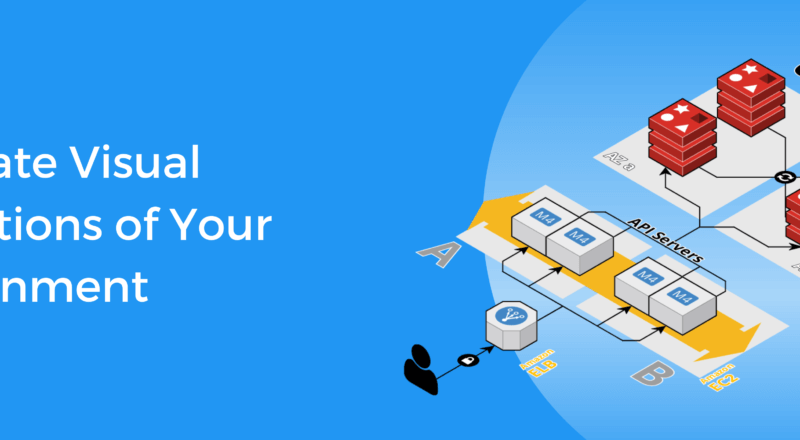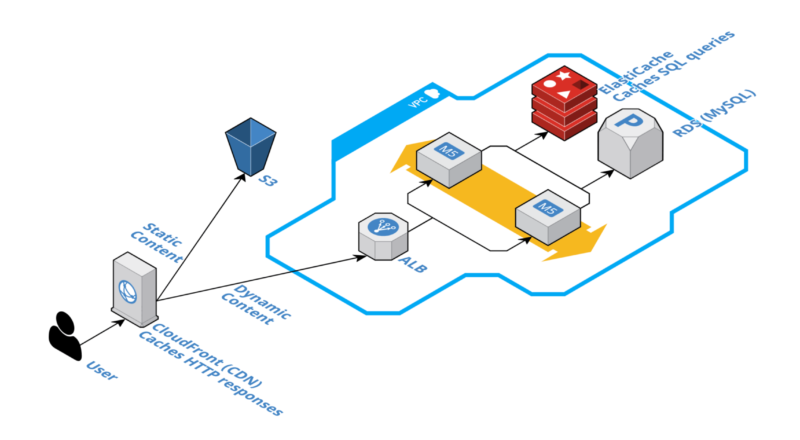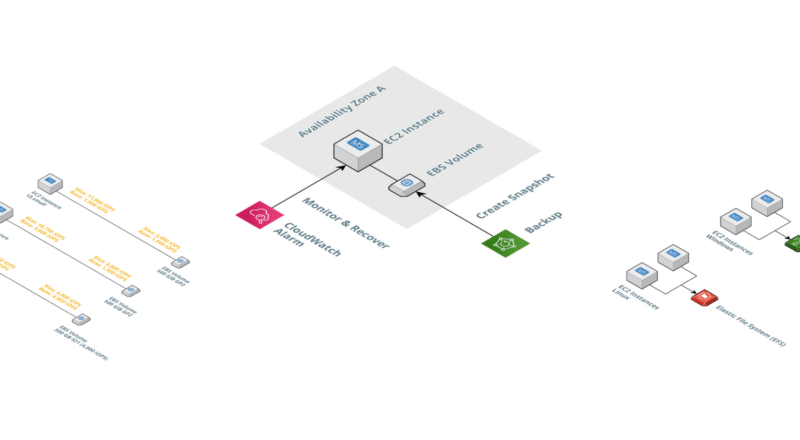Have you ever made an error in your Cloudcraft blueprint and wanted to revert to an earlier version? Do you want to see what your live infrastructure looked like last week or last month? Perhaps you want to easily investigate why your AWS or Azure costs suddenly changed.
[Read more…] about Save and restore versions of your architecture diagram with Cloudcraft Version HistoryAWS Architect Mindset
Architecting applications on AWS is challenging. On the one hand, you need a broad understanding of AWS services. On the other hand, you have to know the details as well. In this blog post, I outline the mindset you need to build on AWS successfully.
[Read more…] about AWS Architect MindsetHow to Create Visual Representations of Your AWS Environment
In this video of Cloudcraft Live scanning, we’ll demonstrate how easy it is to visualize your AWS environment in just a few clicks.
continue readingCaching on AWS 101
Oftentimes, the idea of adding a caching layer arises when users start complaining about the performance of an application. Adding a cache to your architecture does not solve all problems — especially when implementing that change under pressure to fix performance issues. Therefore, thinking about a caching strategy should be part of the process when designing your architecture.
continue reading10 Obstacles for Lift & Shift Architectures
The cloud is not only about greenfield projects. Over the last few years I have accompanied several enterprises in large migration projects from on-premises to the Amazon Web Services (AWS). This blog post gives an overview of typical obstacles for lift & shift architectures and points out possible solutions.
continue readingStorage on AWS
How do you choose the best storage option on AWS?
Choosing storage service is critical when designing a cloud architecture. Read on to learn about the characteristics, limitations, typical use cases, and a decision tree for the following options to store data on AWS:
continue reading




